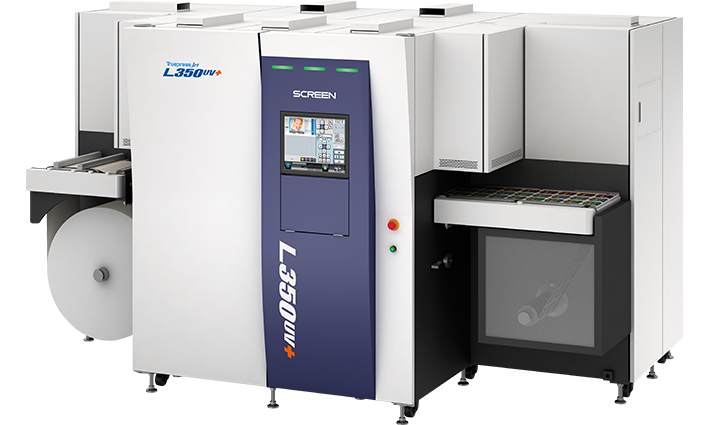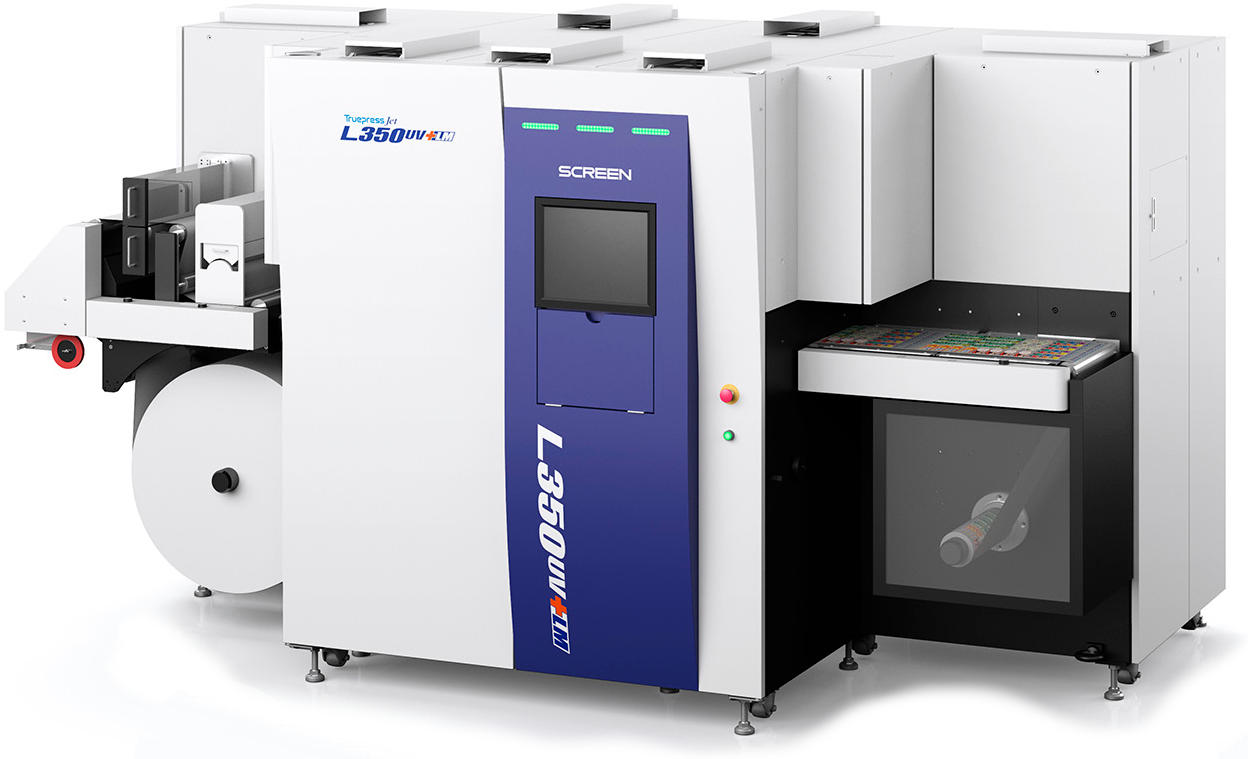Bui Burke, senior vice president, sales, Screen Europe
2017 was a landmark year for Screen. The launch of two new label presses at Labelexpo Europe 2017 reinforced our position as a leading player in this market and we see exciting times ahead. This year, trends like shorter lead times and increased digital adoption will of course continue, but on top of this I believe we can expect to see the following trends:
- Increasing regulation and ‘CSR’ (corporate social responsibility) will drive demand for greener, cleaner and healthier products and practices. I therefore predict that amongst other things, this will lead to the term ‘low migration’ being heard more often in the digital inkjet arena;
- This increase in regulation will also require ever more information to be displayed on products. This will create further demand for booklet labels and more of the innovative ‘peel and reveal’ label products. These duplex printed layers are quickly and easily produced with digital presses, assuming they have the necessary mark sensors installed and are also able to deliver the required excellent front/back registration;
- The true capabilities of the high speed digital printing devices will continue to be better exploited by integration with systems from various manufacturers (software and hardware) configured together as complete manufacturing cells. These bespoke printing and converting lines are now achievable and are recognized by manufacturers as the best way to deliver the most efficient production systems. So, in the coming years it will no longer be necessary to purchase a typical ‘jack of all trades’ line from one vendor when a ‘turn-key’, custom designed, integrated solution will be a better and more affordable option;
- An increase in ‘pack-vertising’, where product labels are used as a core part of the marketing message. This is increasingly important when there is continued pressure on marketing spend – as has been the case in recent years. To be practical, this kind of innovation requires the manufacturing flexibility and dexterity offered by digital printing machines;
- Lead times will continue to shorten. At present, most digital printing companies can offer very quick turnaround of work. However, these have tended to be small jobs and have not really impacted the general industry wide accepted norms. I predict this changing, as more companies install high productivity inkjet digital devices, used for longer runs. The digital e-commerce model, allowing simple on-line ordering and quick delivery, will spread to the wider market.


